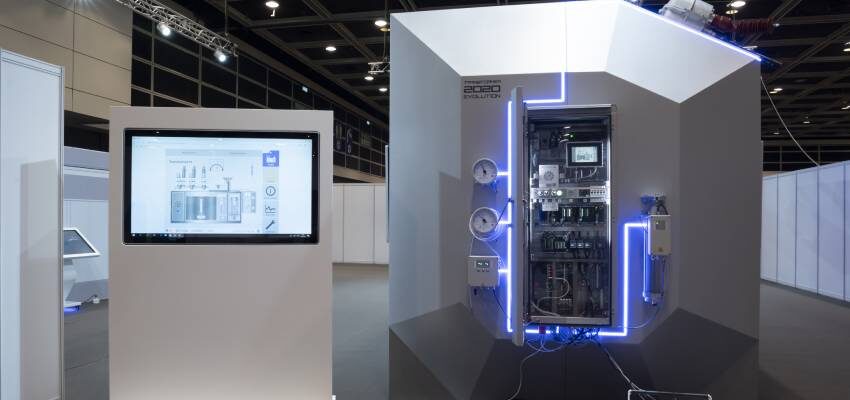Transformers Academy: “How digital intelligence increases the efficiency in the life cycle of a transformer“ – last minute registration reminder!
The lesson will start today, 28 May at 1 p.m. CET, so please register and get your room link and password.

Increasing the efficiency - transformers, 850 x 400
Just a couple of more hours are left before the beginning of the e-lesson at the Transformers Academy, hosted and created by Tobias Gruber, MR‘s Product Manager Automation with the M.Sc. in Electrical Engineering! The lesson will start today, 28 May at 1 p.m. CET, so please register here and get your room link and password.
Recommended browsers for the successful registration: Chrome, Edge, Mozilla, Safari.
We strongly advise you to avoid using Internet Explorer, due to compatibility issues!
In order to ensure that your registration was successfully completed, after applying for the e-session, please carefully check all the mailboxes (including junk / spam folder) of the email account you are using.
About the lesson
The growing number and higher average age of power transformers, and increasingly more demanding technical requirements on design, monitoring, control, and regulation, present growing challenges for the work of transformer manufacturers, EPCs, and operators.
In industry, digitalization is steadily growing. Technologies such as smarts sensors, connectivity, big data analytics, in memory-computing, and cyber-physical systems are becoming more and more relevant. In order to efficiently operate and maintain existing systems and prevent critical errors on power transformers, the right equipment must be at hand. In addition, topics such as the decentralization of energy production, increasing requirements for cyber security, and increasing cost pressure are playing an increasingly significant role.
Digital intelligence performs different tasks for controlling, regulating, and monitoring a power transformer, storing data, generating messages, and communicating with the higher-level control system directly on the transformer. Therefore, it offers extended functionalities which enable new ways to design, install, and operate a transformer, which will all be discussed.




